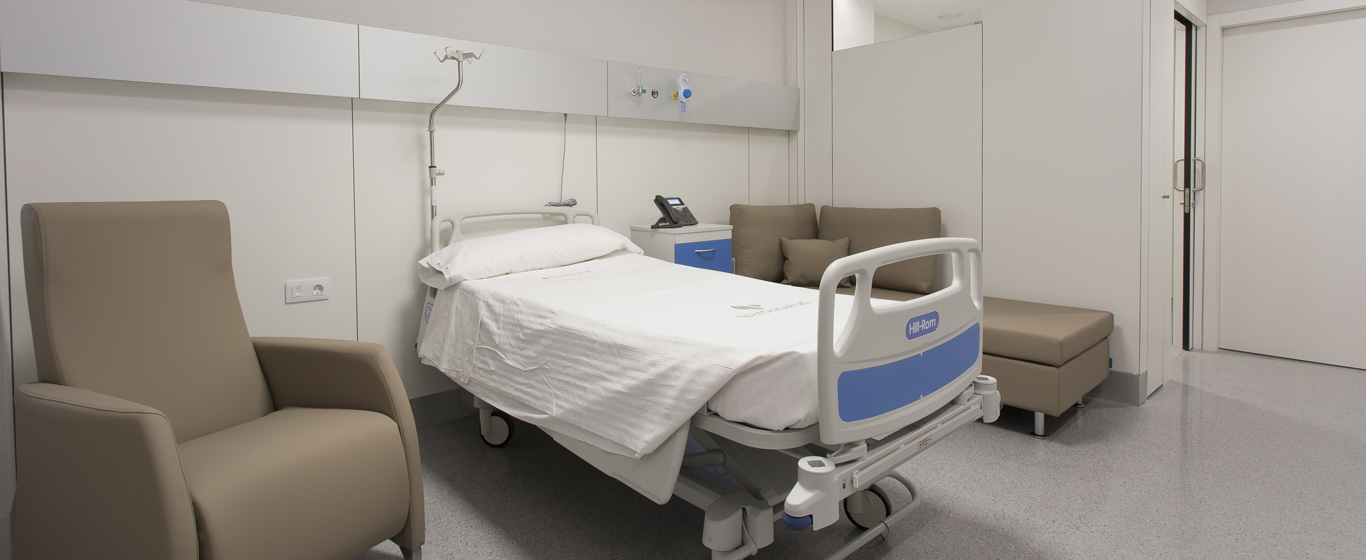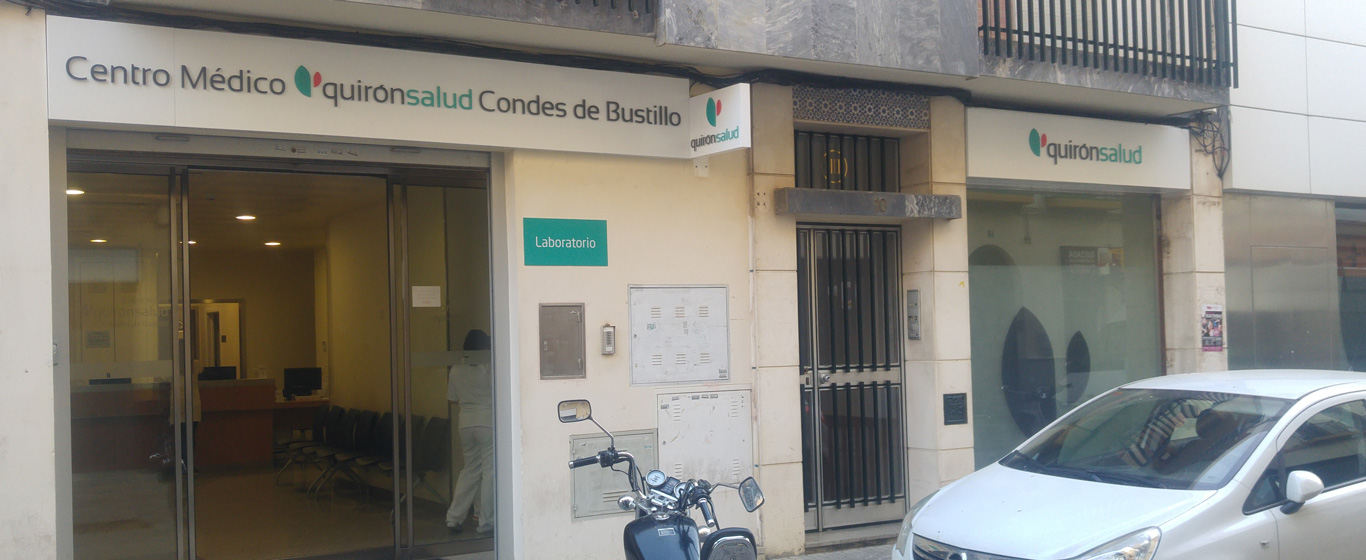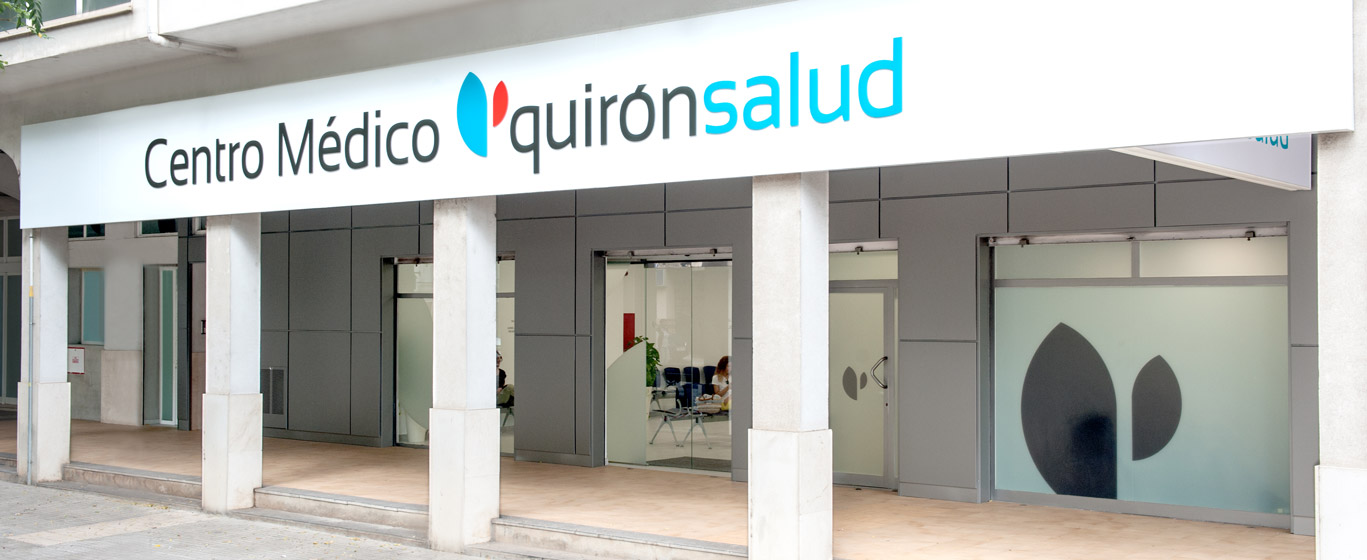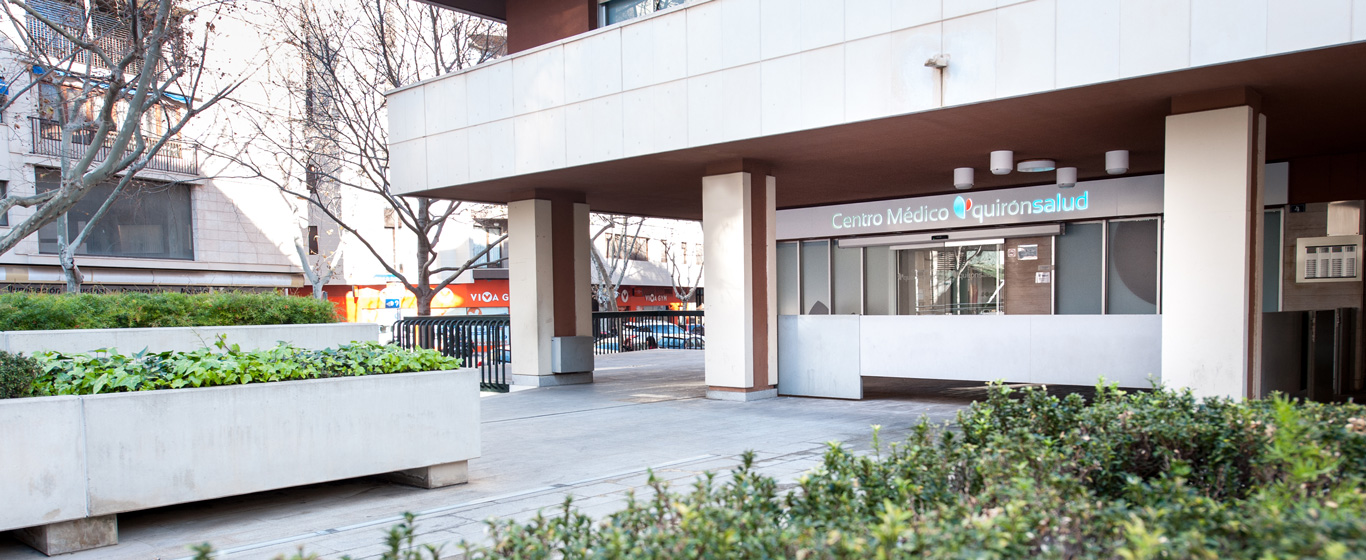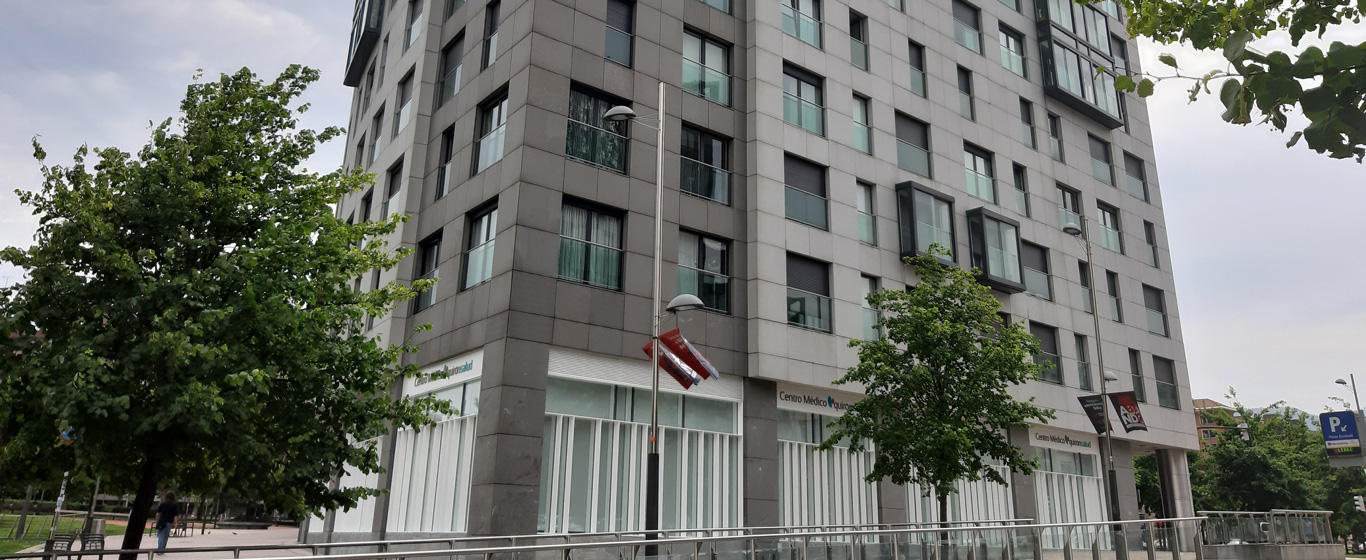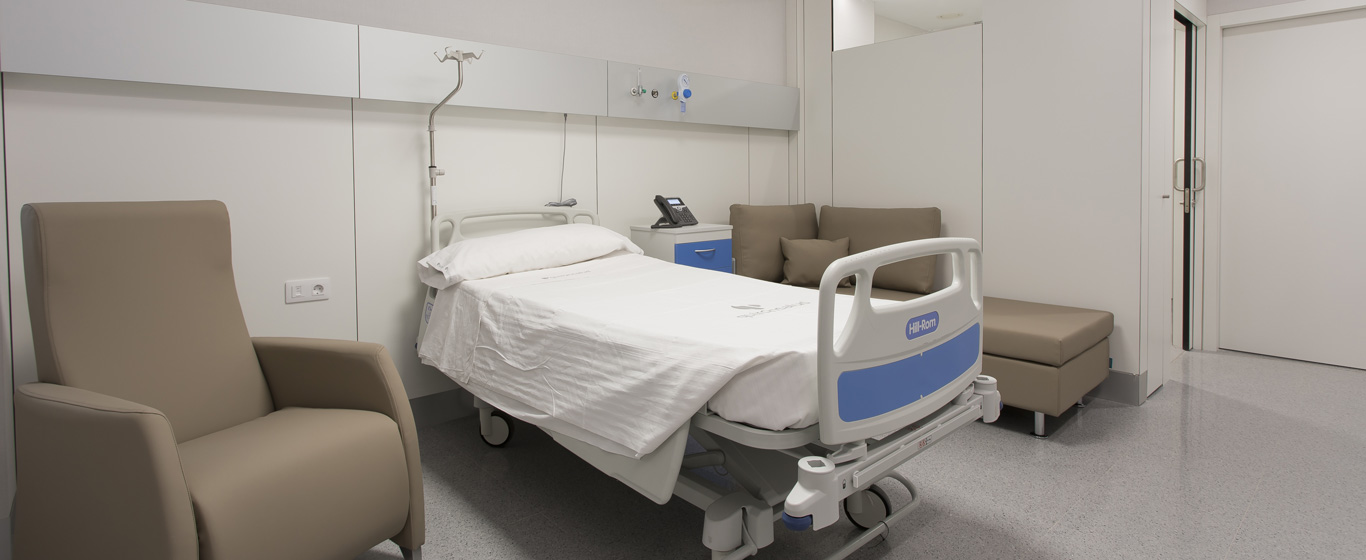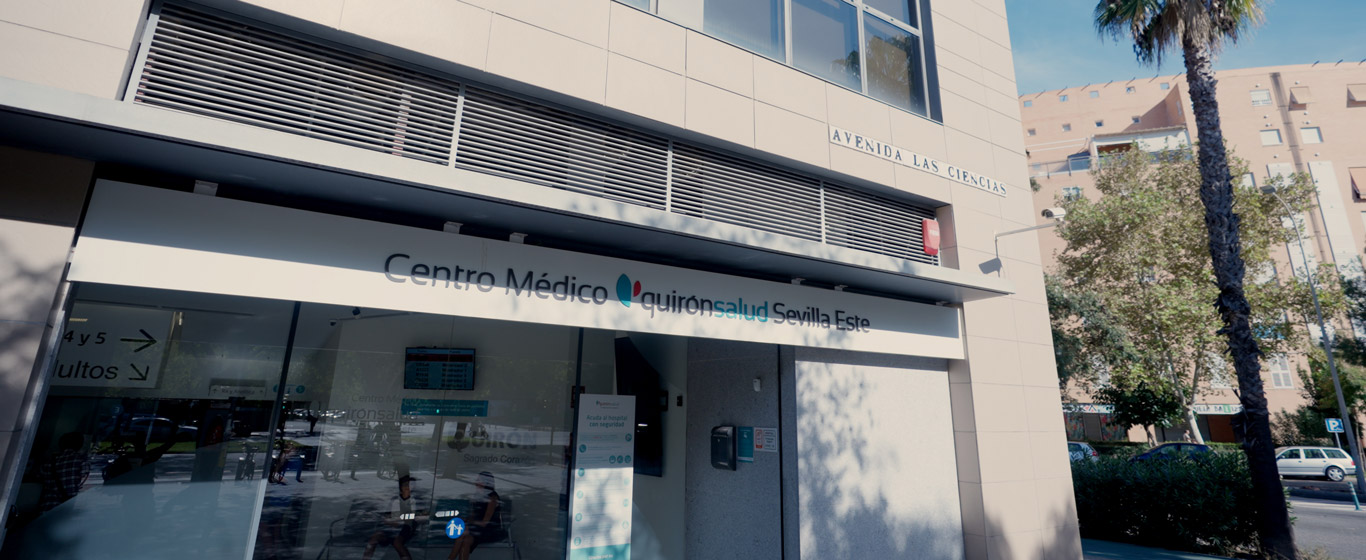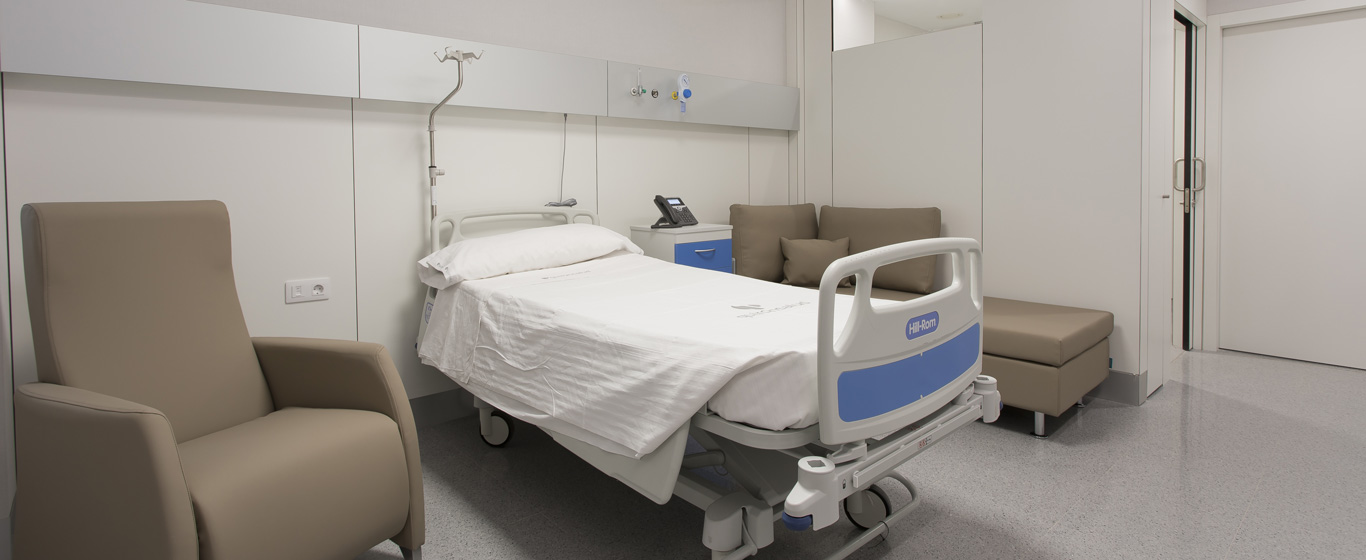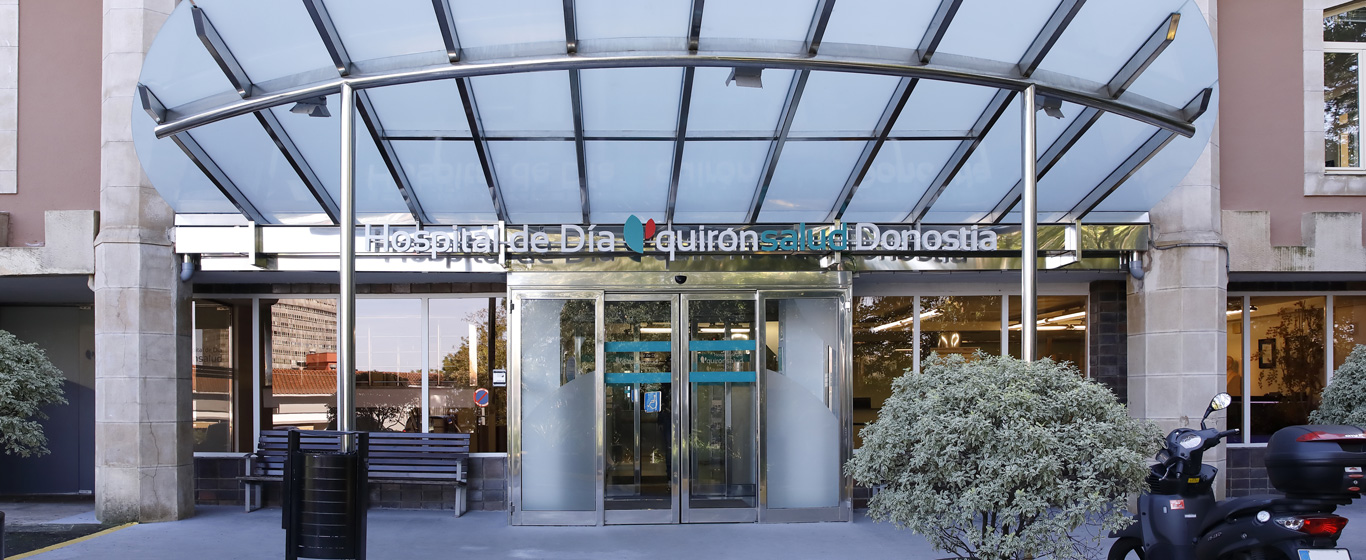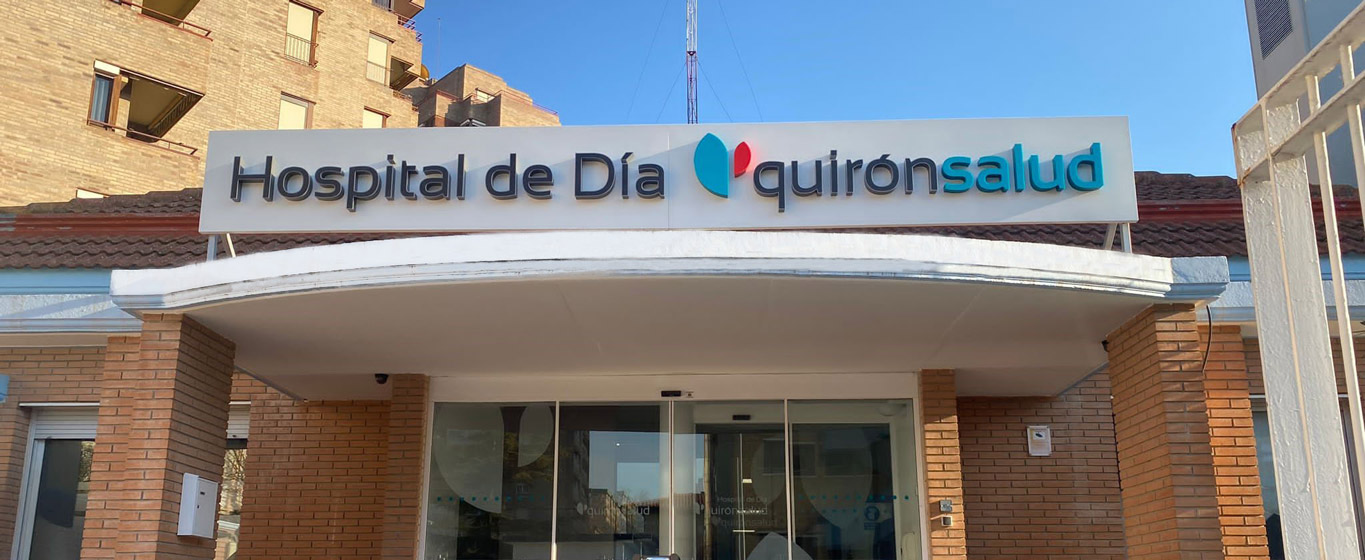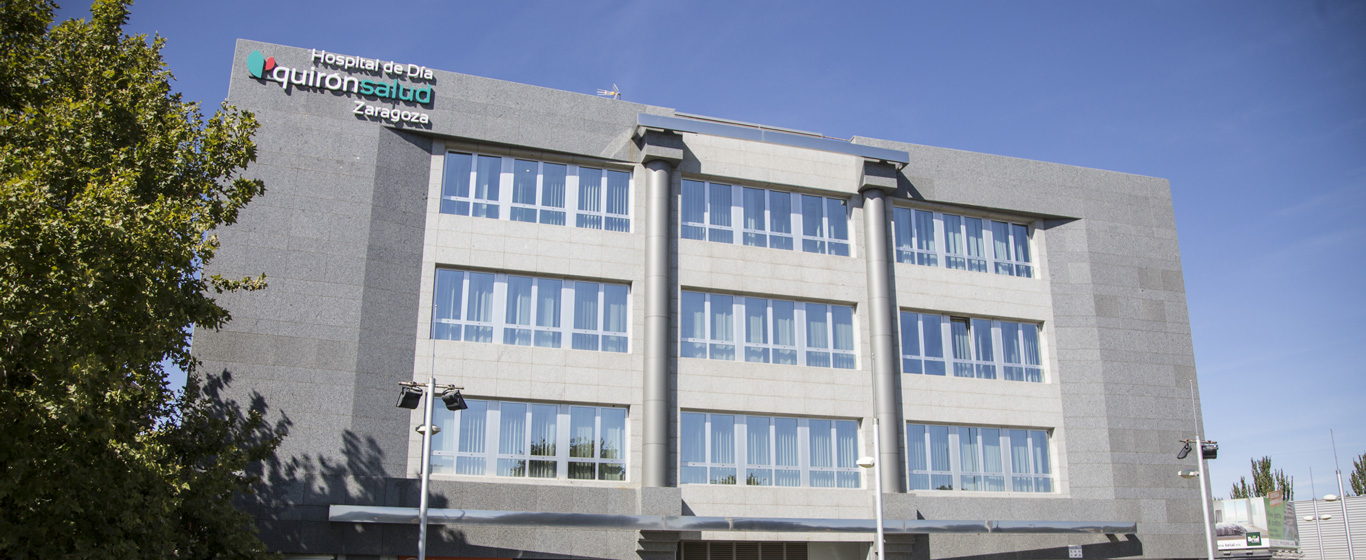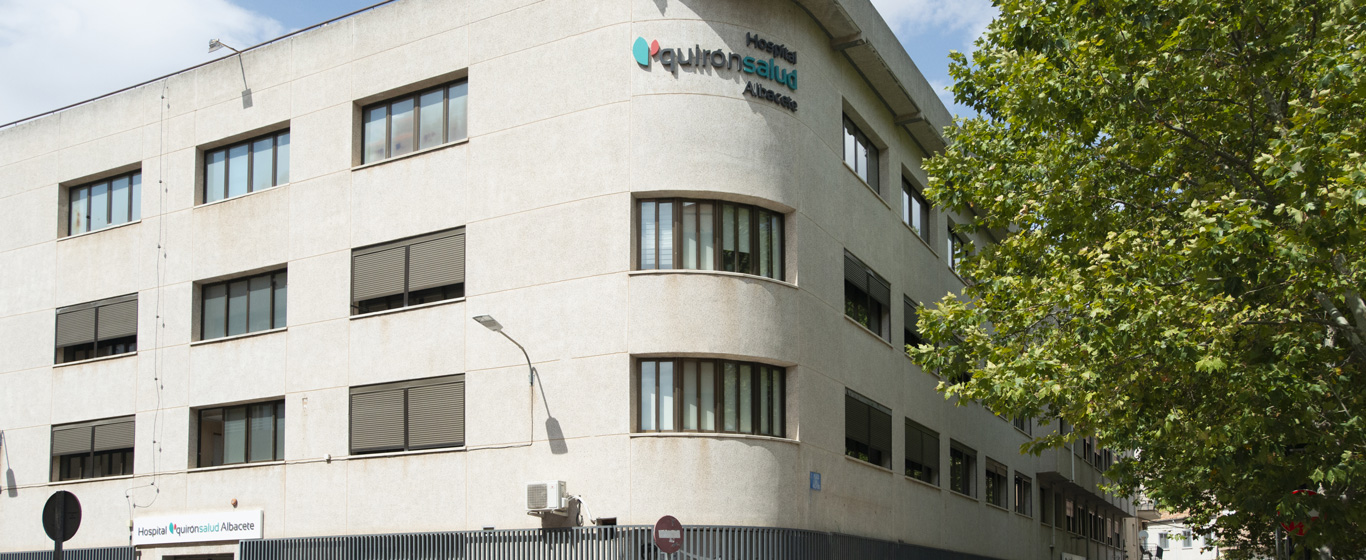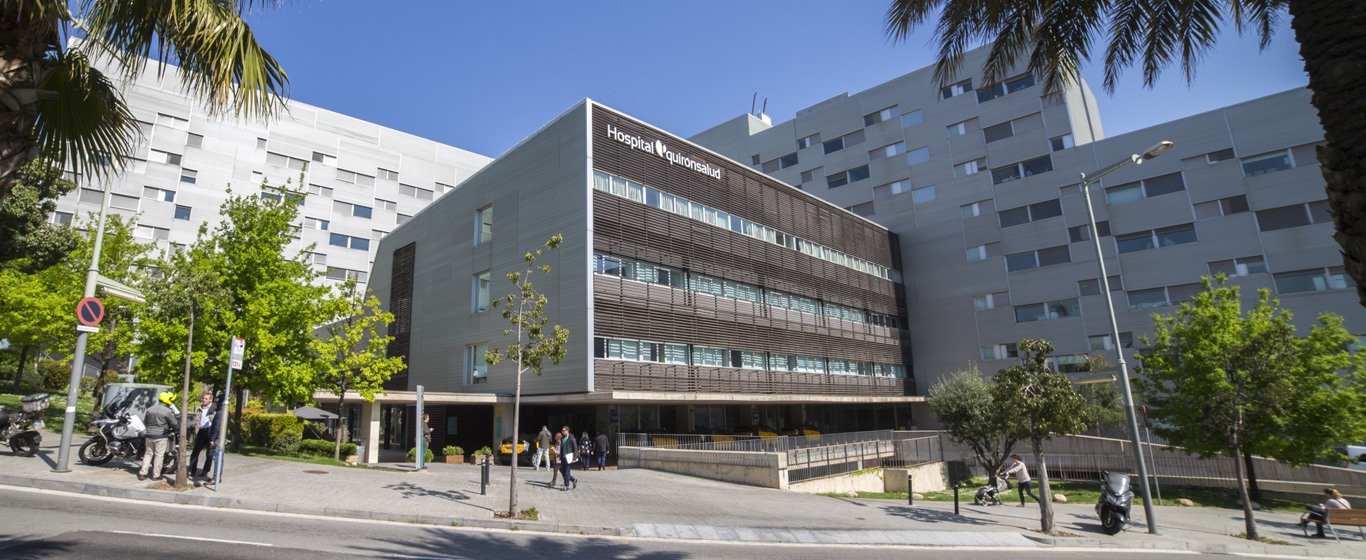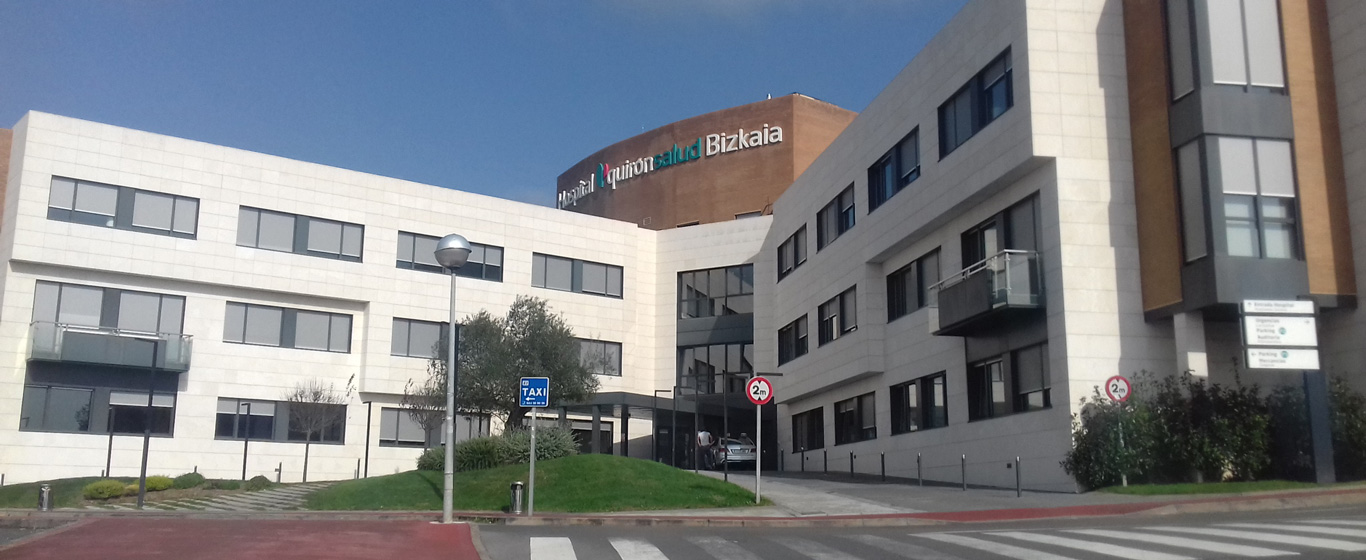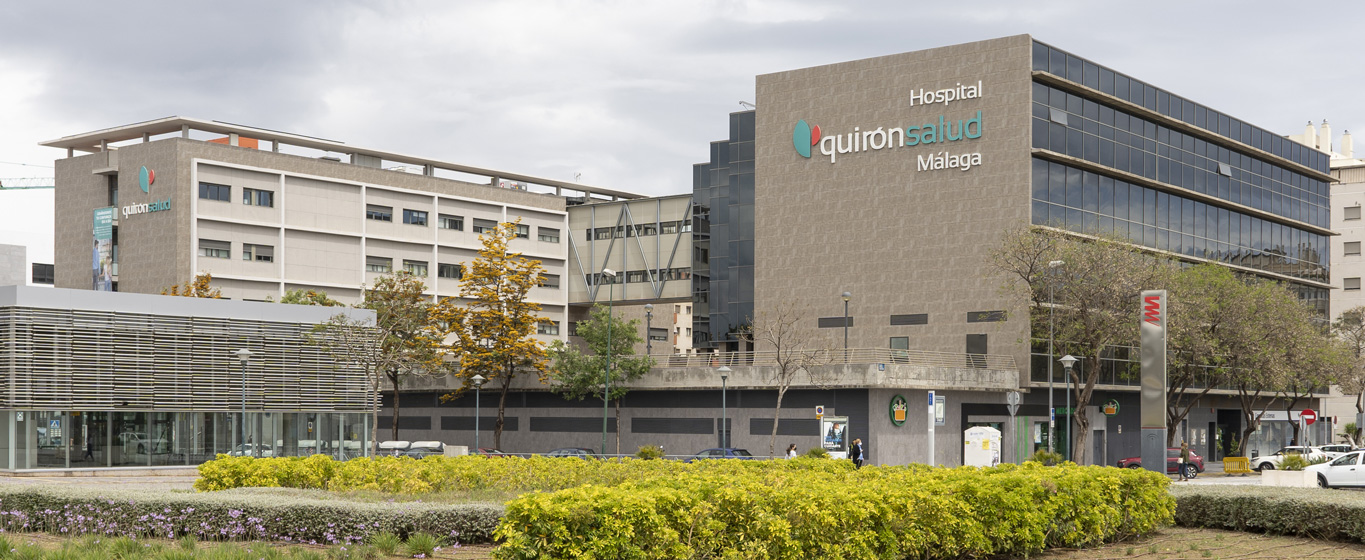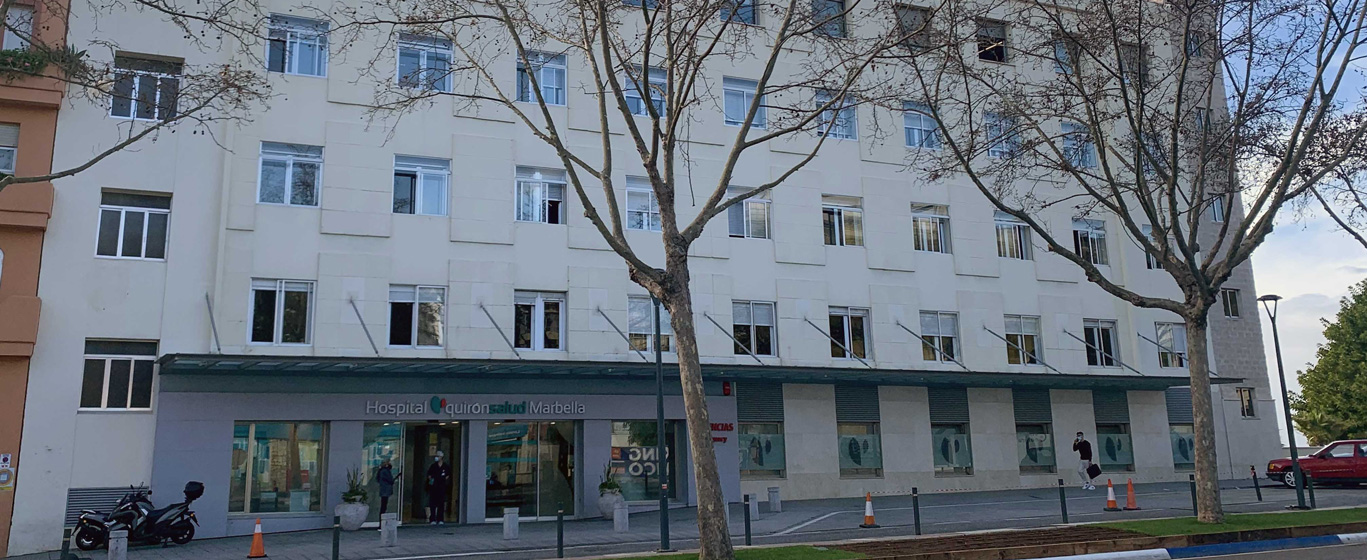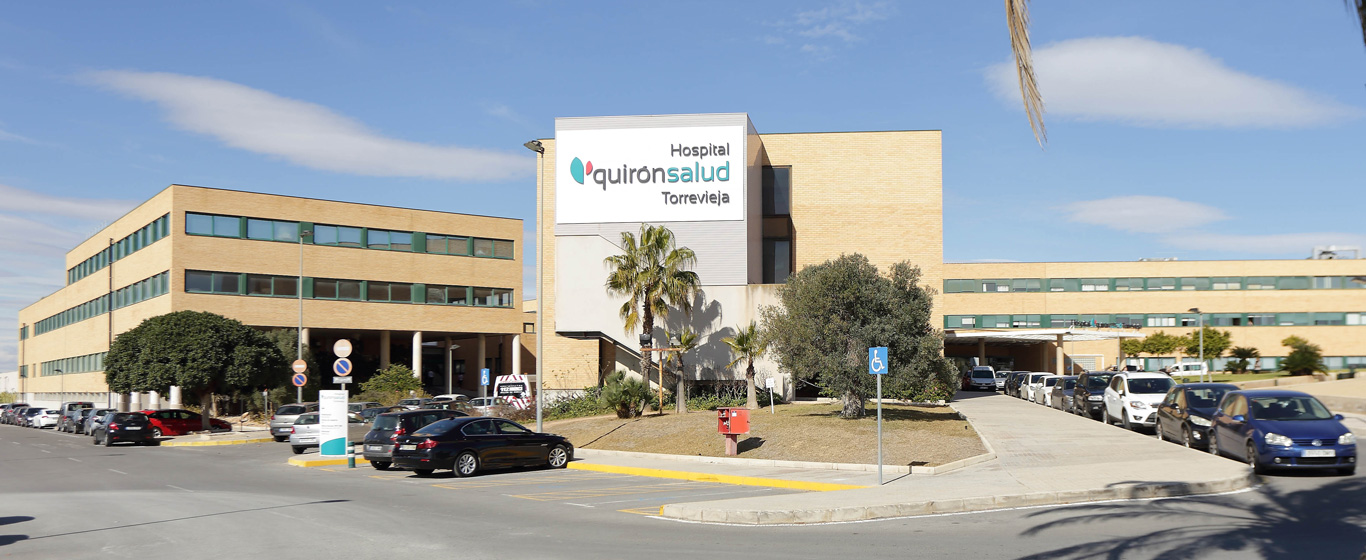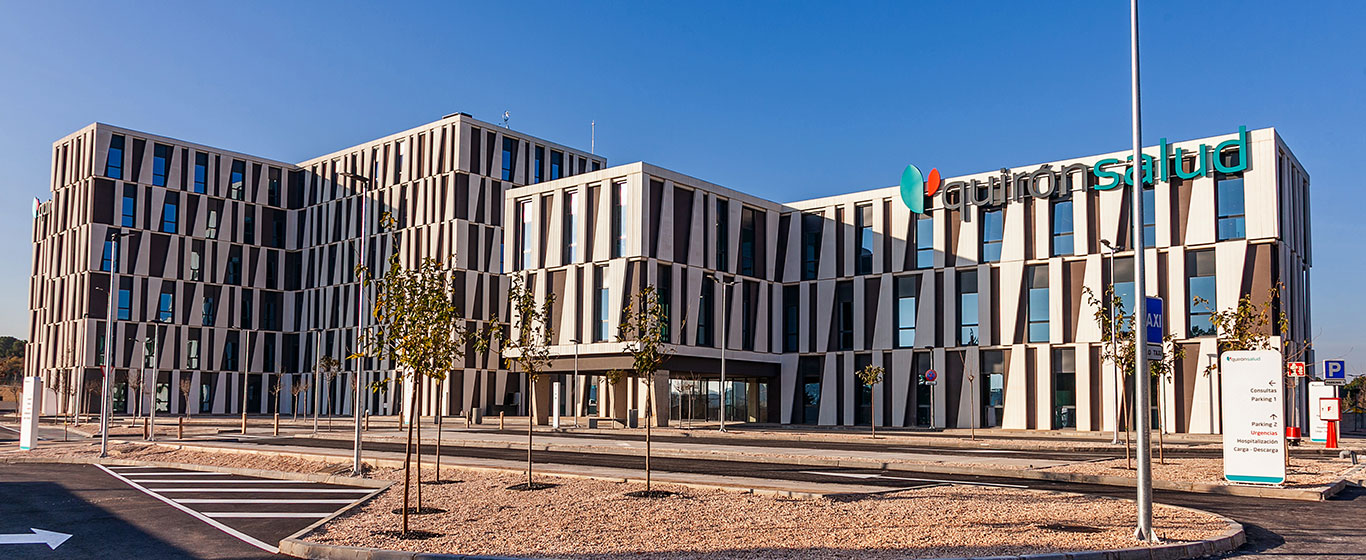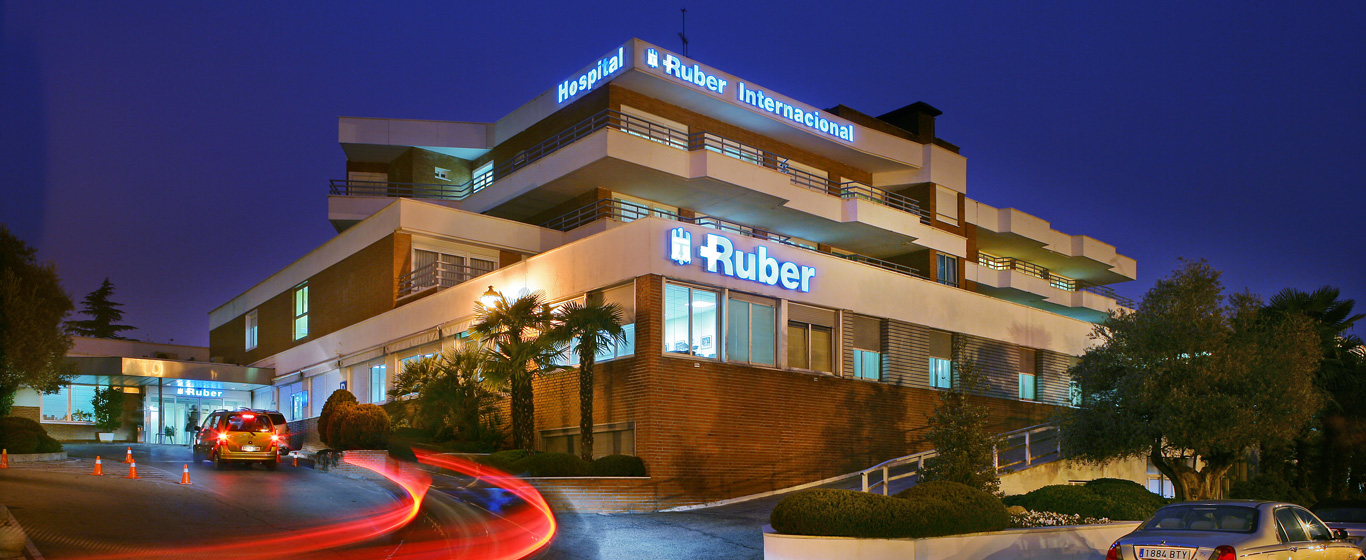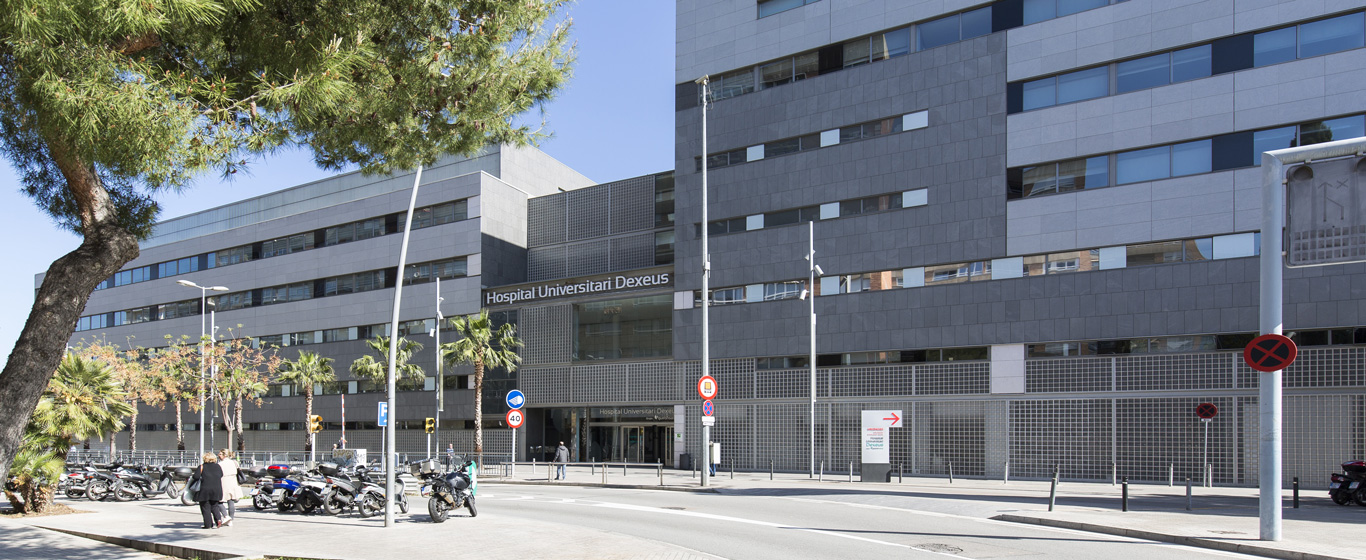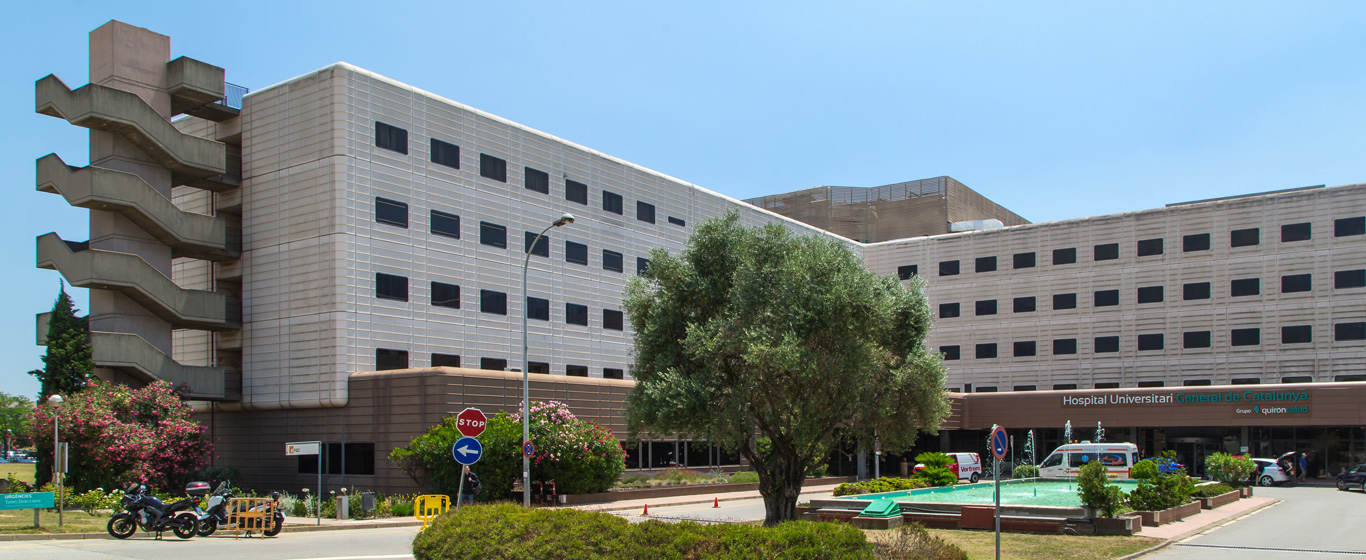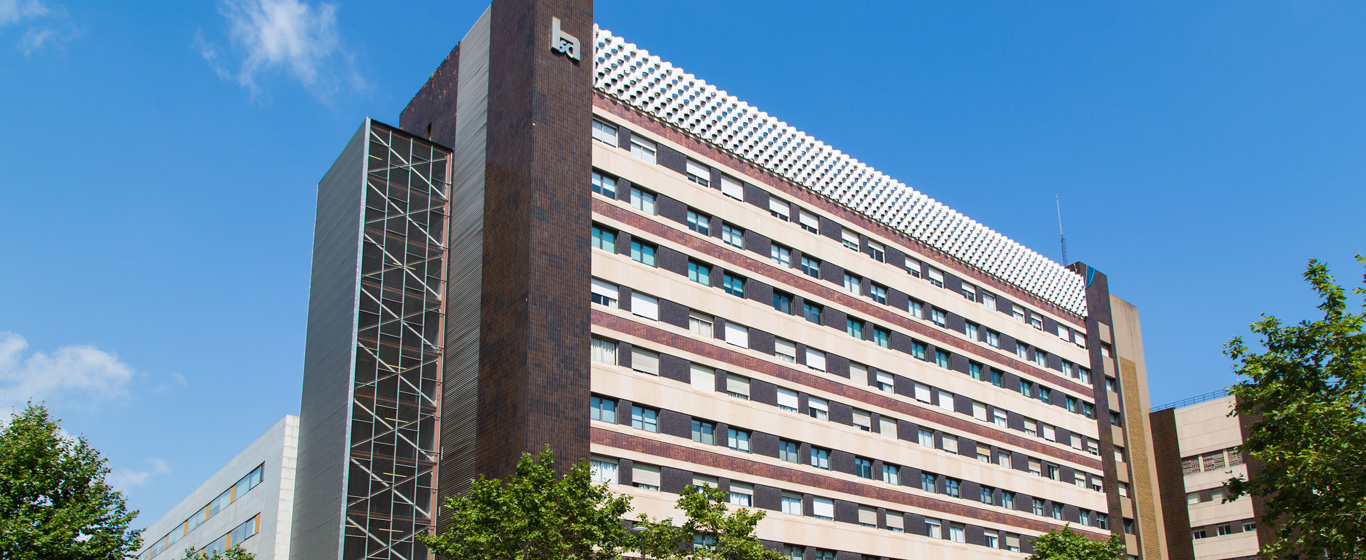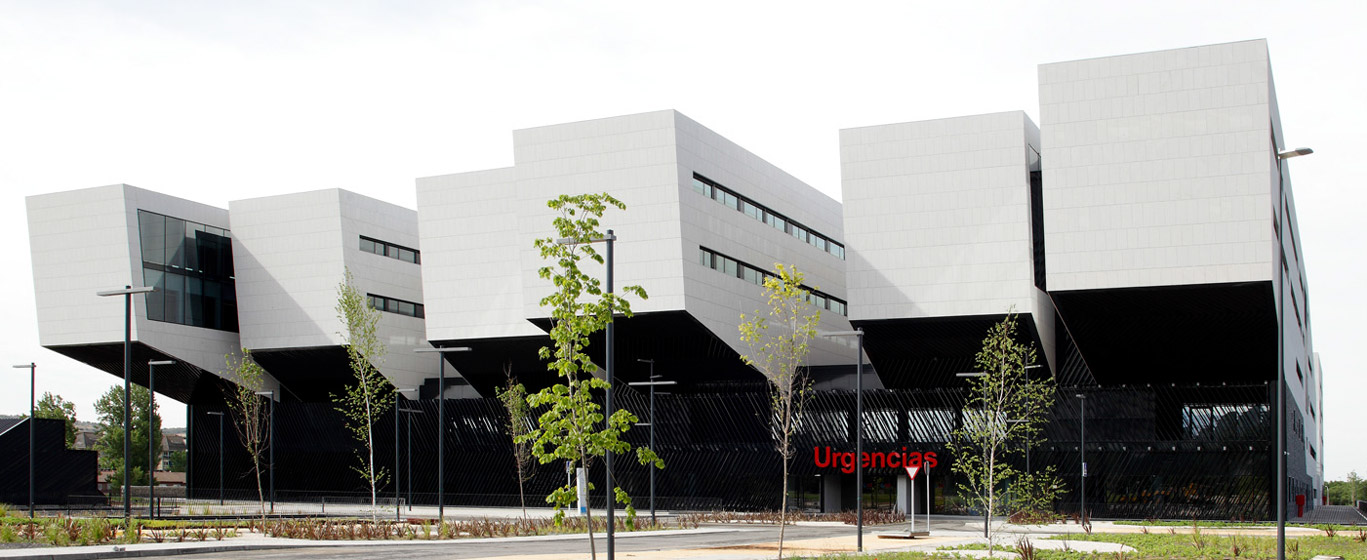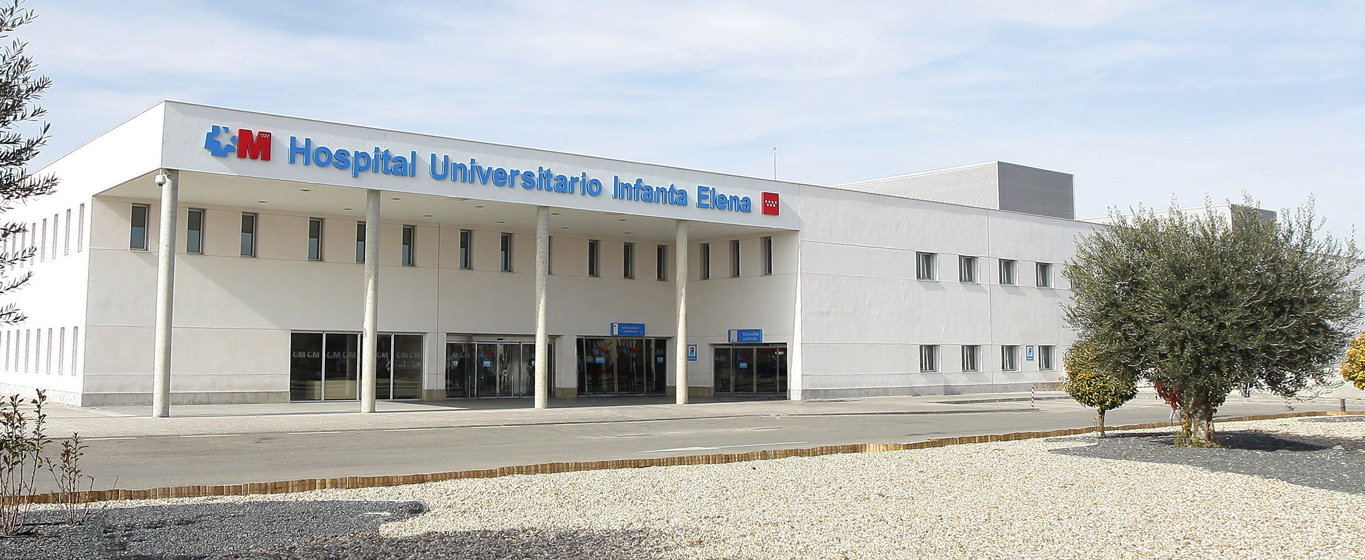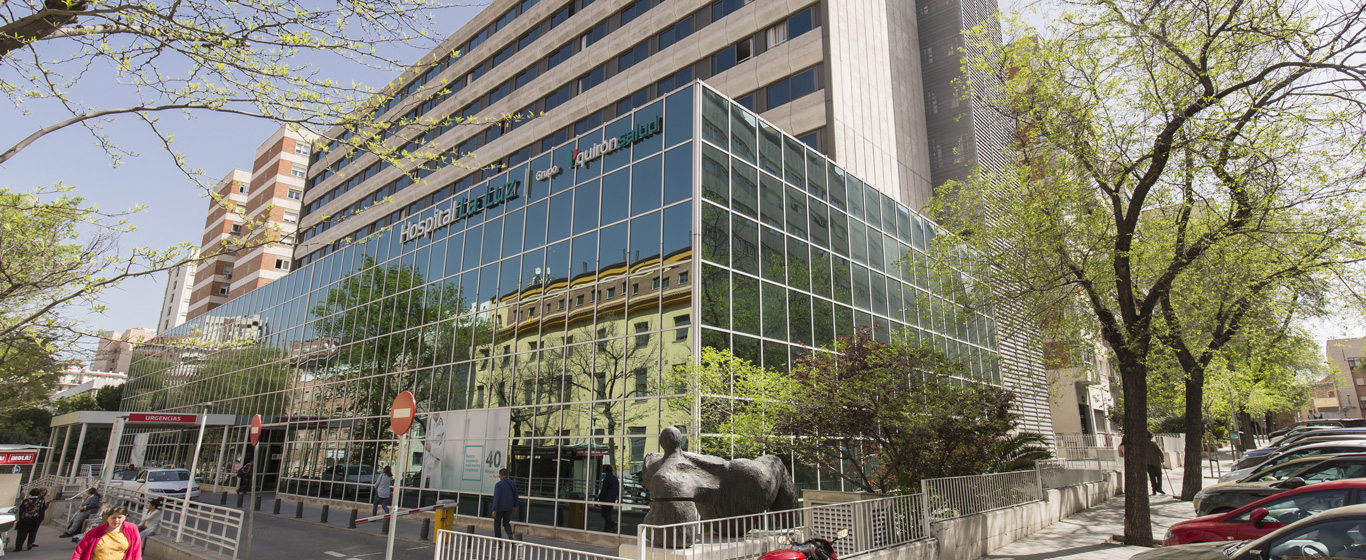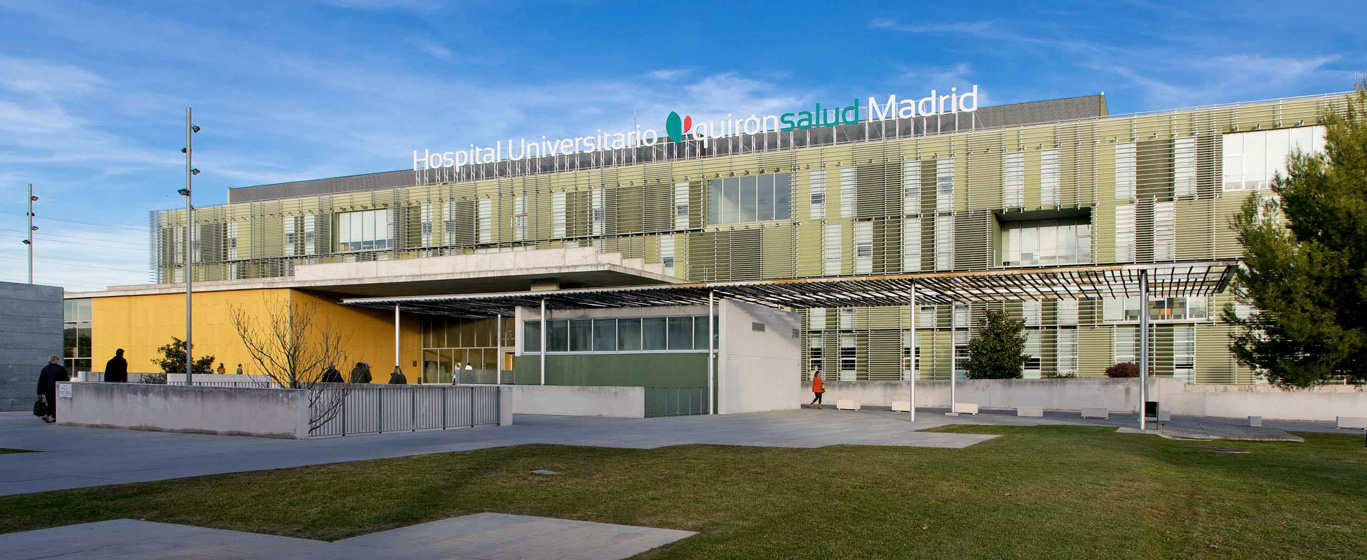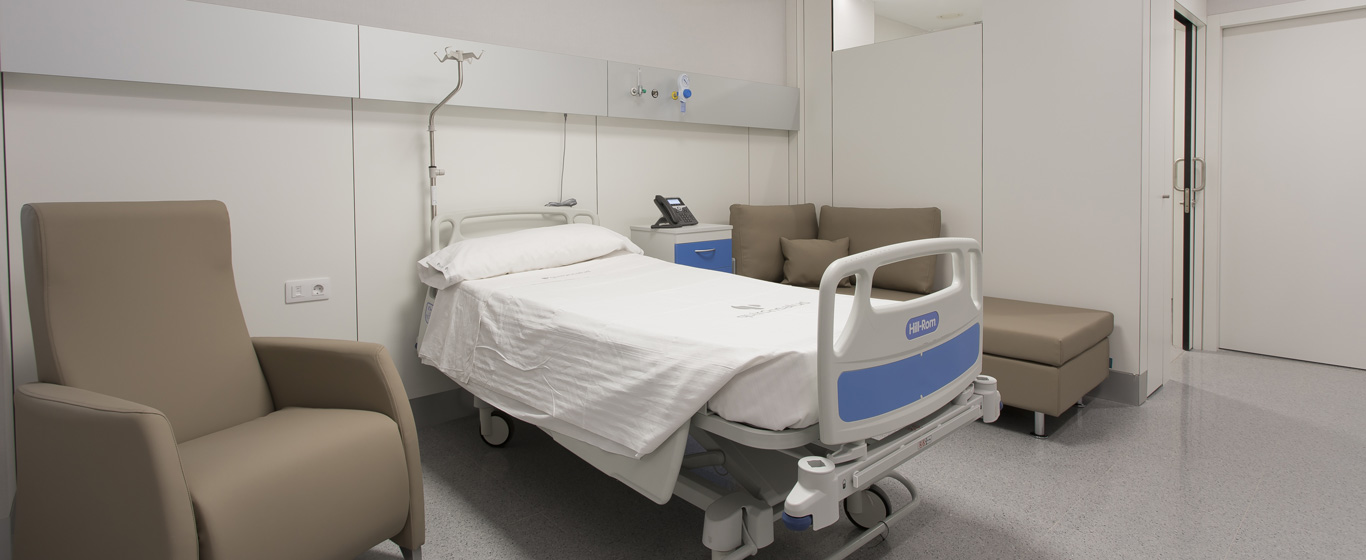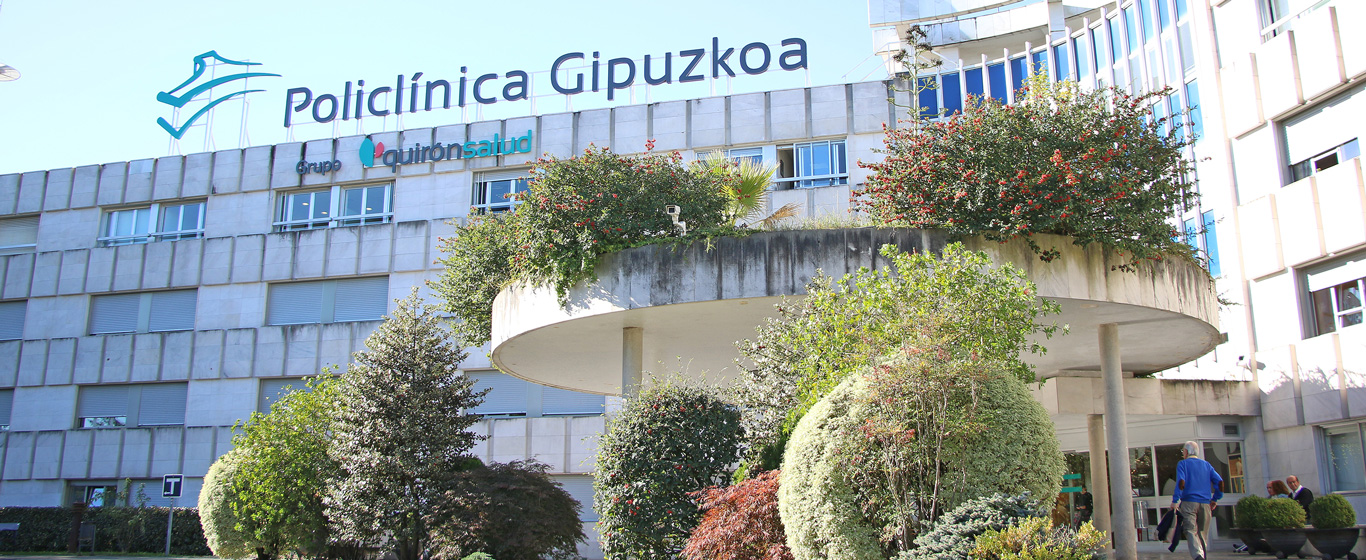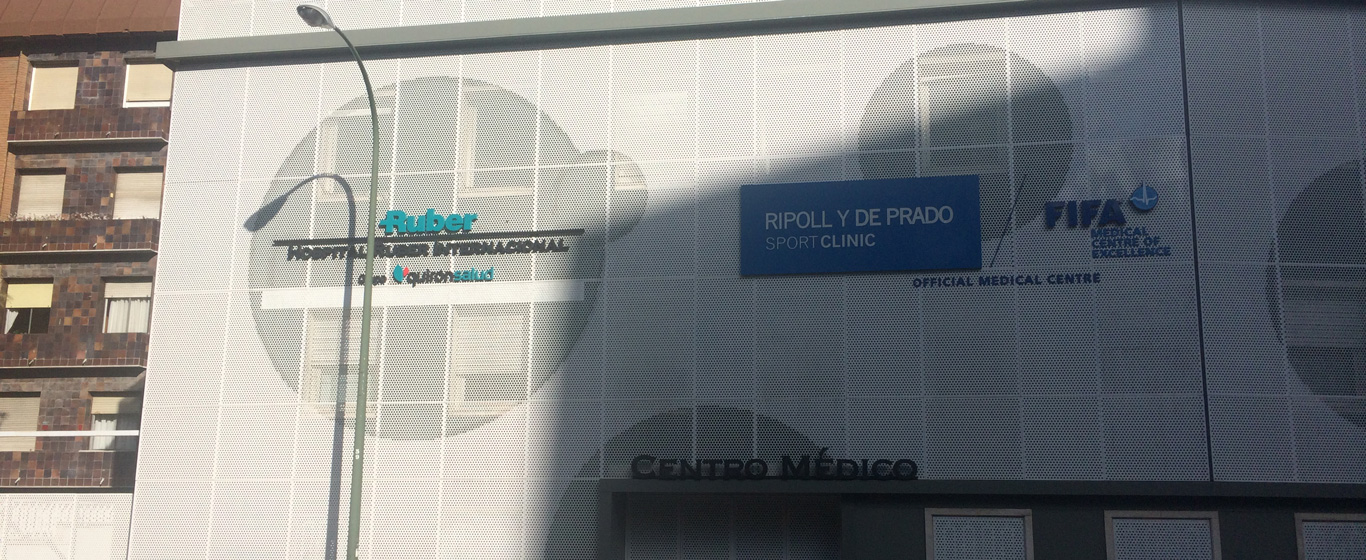Autism Spectrum Disorder (ASD)
What are the levels and types of ASD? Everything about autism spectrum disorder: causes, symptoms, and treatments.
Symptoms and Causes
Autism, also known as autism spectrum disorder (ASD), is a neurodevelopmental disorder and represents a range of conditions characterized by deficits in social skills, repetitive behaviors, and difficulties in both verbal and non-verbal communication. Currently, it is estimated that there are 450,000 people with autism in Spain, and according to the WHO, 1 in 100 children worldwide has autism.
The term "autism" is often used to describe a condition within autism spectrum disorder (ASD). ASD is a broader term that includes a variety of manifestations and levels of autism. The difference between ASD and autism is that while "autism" may refer to a classic form of the disorder, ASD encompasses a wider range of symptoms and behaviors.
The definition of autism has evolved over time and has expanded to include various manifestations and levels of severity. Although some experts consider autism to be a disease, in recent years, within the paradigm of neurodiversity, ASD has been defined as a unique way of perceiving, interacting, and communicating with the world (this can also occur in intellectual giftedness, for example). From this perspective, it is emphasized that individuals with autism exhibit differences in areas such as social communication, sensory sensitivity, and patterns of behavior and interests, but these differences are not seen as inherently pathological but as part of the spectrum of human diversity.
The understanding of what it means to be autistic varies widely even among individuals, as each person with ASD has a unique set of strengths and challenges, as well as a way of perceiving themselves and the world around them. As we can see, the meaning of this condition has also changed over time due to the growing understanding and acceptance of neurodiversity. This shift in perspective has been largely driven by autistic individuals and their advocates, who call for greater understanding and respect for neurodivergent differences.
Symptoms
The symptoms of autism spectrum disorder vary greatly from one person to another, especially in intensity. However, there are common traits among all affected individuals:
- Lack of interaction with others.
- Language problems.
- Abnormal non-verbal communication.
- Repetitive behaviors.
- Stereotyped or repetitive movements.
- Adherence to routines.
Causes
The exact cause of ASD is unknown. It is likely that a variety of factors contribute to the development of ASD. Research suggests that genes may play a role, as ASD tends to run in some families. Certain medications taken during pregnancy may also increase the likelihood of a child developing ASD.
Other potential causes have been speculated but remain unproven. Some researchers believe that damage to a part of the brain called the amygdala may be involved. Other researchers are investigating whether a virus could trigger the symptoms.
Risk Factors
Some factors that increase the risk of ASD include having family members with the disorder, being male, being born before 25 weeks of gestation, or having other conditions such as Fragile X syndrome or Rett syndrome.
Complications
When autism spectrum disorder is not adequately treated, it can result in social isolation and a high degree of dependency on others.
Prevention
Autism spectrum disorder cannot be prevented.
Which doctor treats autism spectrum disorder?
ASD is diagnosed and treated through a multidisciplinary approach. Typically, pediatricians, clinical psychologists, and occupational therapists are involved. Occasionally, a psychiatrist may be involved in severe cases or those with behavioral issues.
Diagnosis
Confirming the diagnosis of autism spectrum disorder requires a thorough examination of the child involving specialists in pediatrics, neurology, clinical psychology, and psychiatry. Routine tests include:
- Physical examination.
- Neurological examination.
- Observation of the child's behavior, particularly when interacting with their primary caregivers.
- Development of a scoring system based on the criteria in the Diagnostic and Statistical Manual of Mental Disorders (DSM-5).
- Specific psychological tests such as the ADI-R or ADOS-2.
Treatment
Although autism spectrum disorder cannot be cured, treatments can help reduce symptoms, improve communication abilities, and increase overall skills. Effective treatments include:
- Behavioral therapy, which helps reduce negative behaviors and encourages those that facilitate social interaction.
- Educational therapy, tailored to the needs of the patient.
- Psychotherapy.
- Speech and language therapy.
- Occupational and multisensory therapy.







